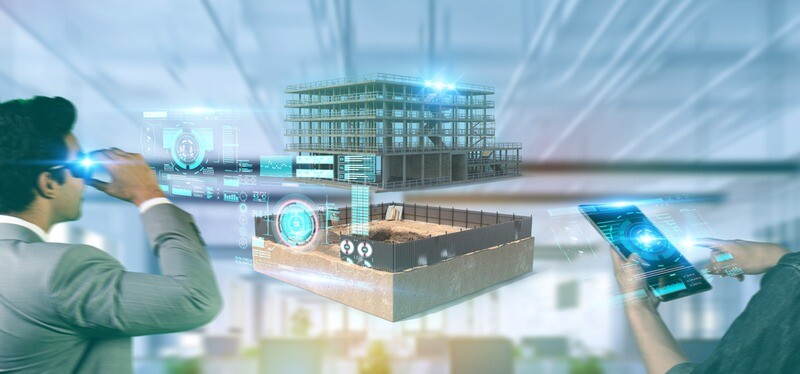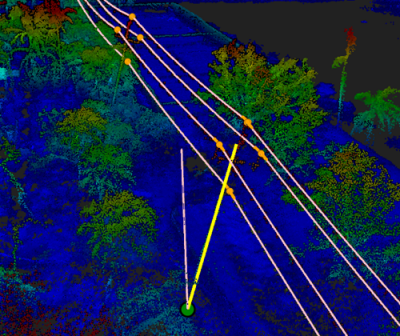As someone who writes words for a living, I think a lot about the language and its evolution through generations. One of my favorite things every year is looking at new entries to the major dictionaries, both to see how colloquialisms which have become ubiquitous are formally defined, and just to see what has become a big enough part of speech to have a formal definition. Language is an ever-evolving entity as we come up with different ways of expressing our thoughts.
My favorite example of this is the word "irregardless", the oft-derided term passionately called out for not being a word. Except that it is. Sure, in formal settings and written works it shouldn’t be used, but it is in dictionaries, and has been for a long time. It first appeared in Merriam-Webster’s unabridged edition, for example, nearly 100 years ago in 1924. The point of language is to express thoughts in a way everyone understands, and if someone says "irregardless" people know what thought they are expressing.
I bring this all up because last week I received an email from a reader wondering about what exactly we’re meaning when we talk about digital twins. It’s a far more complicated question than it really ought to be, to which anyone who works regularly in that space can surely attest. The cliché you’ll always hear when you talk about this is that if you ask a dozen people for a definition of digital twins, you’ll get a dozen different answers. Some would say it's just a digital, 3D representation of a physical asset, but many others - myself included, for what it's worth - would say that's just a model and not enough to be truly considered a digital twin.
This is acceptable for an emerging technology, especially one as complex as digital twins, but at this point we’re out of that realm. Digital twins are a significant part of workflows across many different industries at this point, not simply a buzzword. One study indicates the digital town market size will grow to $110.1 billion by the year 2028, compared to $10.1 billion this year.
Of course, none of this is to suggest that this issue of ambiguity is not being addressed anywhere. There are annual digital twin summits where this exact issue is addressed, and the Digital Twin Consortium is at the forefront of much of this work. In fact, the DTC has their own definition as they hope to address the gap in the space, which is as follows:
A digital twin is a virtual representation of real-world entities and processes, synchronized at a specified frequency and fidelity.
Digital twin systems transform business by accelerating holistic understanding, optimal decision-making, and effective action.
Digital twins use real-time and historical data to represent the past and present and simulate predicted futures.
Digital twins are motivated by outcomes, tailored to use cases, powered by integration, built on data, guided by domain knowledge, and implemented in IT/OT systems.
While still broad, this seems like a good definition to me, or at least the right place from which to start. The larger point is that some sort of agreed upon standard definition needs to remain a priority until it is widely accepted and become engrained for people working in the space. If it’s not already a standard ask, it soon will be that a variety of projects and jobs – whether that be new construction, major renovations, managing large facilities like airports, and other use cases – includes stipulation that digital twins must be used, and bids will include the usage of a digital twin. It’s important that everyone involved be on the same page about what exactly this means, and while certainly that work can be done between the two parties it’s a lot easier for everyone if it’s implicitly understood.
The process of defining a word or idea is often more complicated than one would think at first blush, but commonly understood language is the backbone of everything that is done within society. I think about the current AI buzz and the mainstream’s clear lack of understanding with consistent equating of the technology as advanced chatbots as a stand-in for all AI, which causes unneeded apprehension around other types of AI (not that those shouldn’t be approached without caution too, but that’s a conversation for another day).
Defining digital twins is easier insofar as the scope of people for whom that definition is truly important, at least right now, is significantly smaller. But as the space continues to grow at dizzying speeds, the basic idea of everyone talking about the same thing when saying the same words needs to be addressed sooner than later. Fortunately, that work has already begun and standards are being formed across different industries. It’s now just a matter of making that knowledge widespread and consistent.






